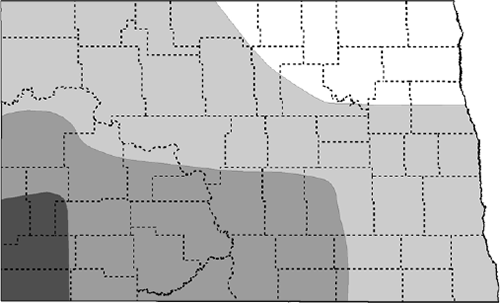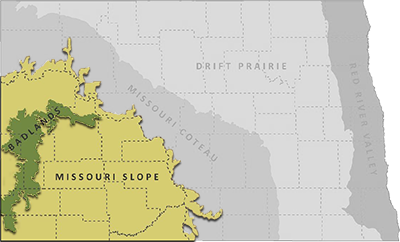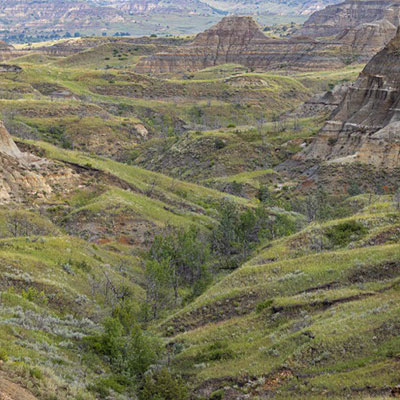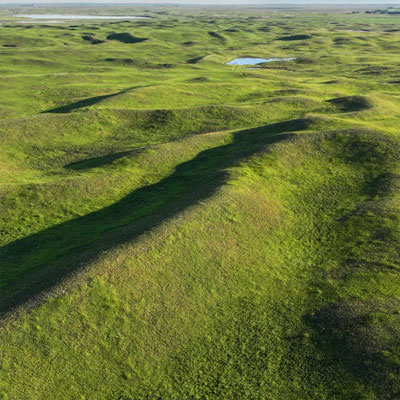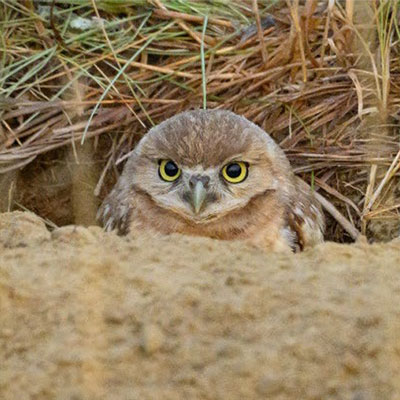Burrowing Owl
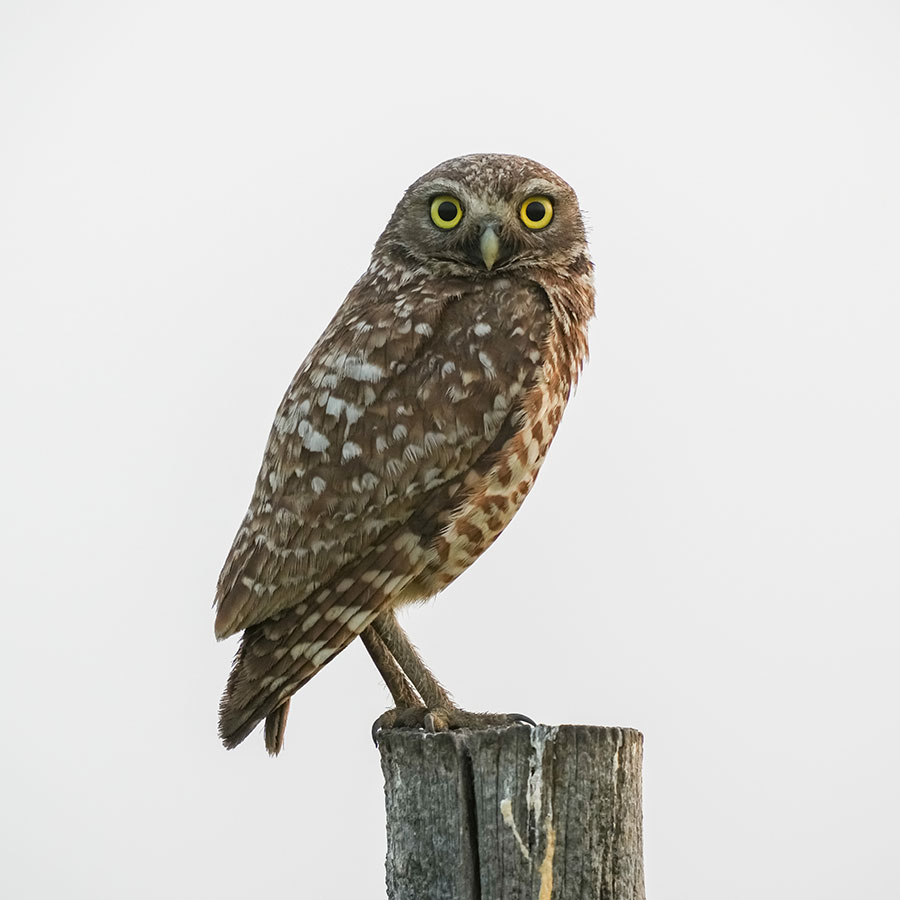
Photo Credit
NDGF
SGCN
Nongame
Common Name
Burrowing Owl
Scientific Name
Athene cunicularia
Taxon
Birds
Subtaxon or Group
Landbird
Description
L 9.5”, WS 21”, 5 oz. A small owl with long legs, a spotted dark brown and buffy breast, white throat, and large yellow eyes.
Status in North Dakota
Occurs in North Dakota from April to September. Peak breeding season early May to mid-August.
Reason for SWAP Designation
At-risk based on expert review and recent regional and global assessments (SGCN c.).
ND ranks 14th out of 18 states for highest percent of the global population during the breeding season (eBird).
The Burrowing Owl is declining, and the population has decreased 35% since 1970.
Threats
- Loss of grassland.
- Removal of prairie dogs or ground squirrels from colonies causes a deterioration of burrows and denser, taller vegetation, and owls may discontinue use of those sites.
- Pesticides reduce prey availability and improper pesticide use may be directly harmful to Burrowing Owls.
- Classified as climate-endangered, Burrowing Owl is projected to lose more than half of its current distribution by 2050, with no net gains of new areas (Audubon).
- Known to be at-risk of collisions with wind turbines.
Research and Monitoring
- Habitat requirements are generally known.
- Additional information is needed on migration and wintering behaviors.
- The Breeding Bird Survey, eBird and Partners in Flight Databases are key sources of information on distribution and population trends.
Management Recommendations
- Preserve traditional nesting sites. Burrowing Owls often reuse nesting sites from previous years.
- Maintain large, contiguous areas of native grassland and treeless plains.
- Provide a mosaic of tall grass for foraging, short grass for nesting and roosting.
- Artificial nest structures may be used where burrows are scarce.
- Allow moderate to intense grazing in areas that support tall vegetation.
- Refrain from lethal control of burrowing mammals during the period when Burrowing Owls are nesting.
- Maintain abandoned prairie dog colonies at short vegetation <8 cm with mowing or grazing.
- Promote well-managed grazing lands and working grasslands for biodiversity, sustainability, and resiliency.
- Conscientious and appropriate application of agrochemicals.
- Follow beneficial or best practices during the design, siting, construction, operation, and maintenance of tall structures (e.g. transmission lines, communication towers, wind turbines).

